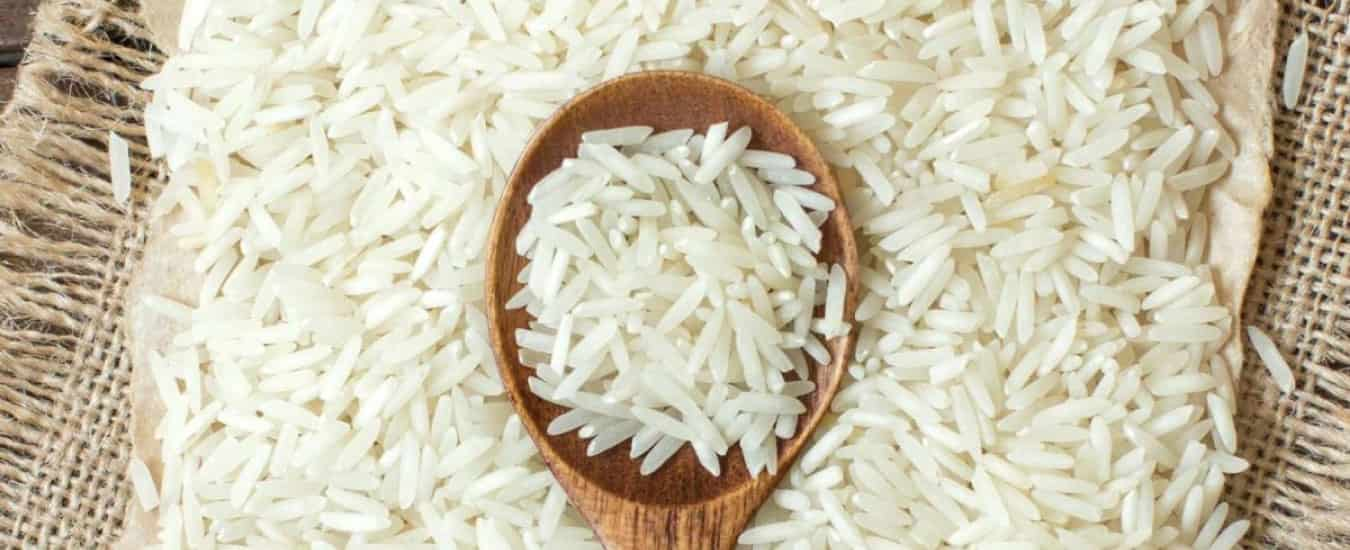[vc_row full_width=”stretch_row_content” equal_height=”yes” content_placement=”middle”][vc_column width=”1/6″ css=”.vc_custom_1632304143278{padding-top: 0px !important;padding-right: 0px !important;padding-bottom: 0px !important;padding-left: 0px !important;}”][/vc_column][vc_column css_animation=”none” width=”2/3″ css=”.vc_custom_1632306814843{margin-top: 10px !important;margin-right: 20px !important;margin-bottom: 10px !important;margin-left: 20px !important;background-position: center !important;background-repeat: no-repeat !important;background-size: cover !important;}”][vc_row_inner equal_height=”yes” content_placement=”middle”][vc_column_inner width=”1/2″][vc_column_text]
[wp-post-author]
[wpdts-month-name-short] [wpdts-day], [rt_reading_time postfix=”mins” postfix_singular=”minute”] read
[/vc_column_text][/vc_column_inner][vc_column_inner width=”1/2″][vc_raw_html]JTVCU2Fzc3lfU29jaWFsX1NoYXJlJTVE[/vc_raw_html][/vc_column_inner][/vc_row_inner][/vc_column][vc_column width=”1/6″][/vc_column][/vc_row][vc_row][vc_column][vc_row_inner][vc_column_inner width=”1/6″][/vc_column_inner][vc_column_inner width=”2/3″][vc_column_text]The role of Long Grain Basmati Rice in Indian households can never be undermined. It is extensively used in making several dishes including kheer, sushi, biryani, pulao, Risotto, and so on. Various studies and research depict that rice is a nutrient-dense meal and nourishes millions of people across the globe. However, this cereal is overly criticized due to its high carbohydrate and fat levels, and its easy availability. There are several logical- lacking beliefs about consuming rice floating around everywhere for years. One should not assume and spread the fact until proven because it influences the opinion of multiple people unnecessarily. The statements mentioned below attempt to unfold the various loopholes in the myths and devise logical explanations.
5 myths busted about Aromatic Basmati Rice
True Basmati rice is a long-grained cereal primarily encountered on the slopes of the Himalayas and southern parts of Uttar Pradesh. Its texture and fluffy appearance make the grain popular in the making of various dishes across several cuisines. In the health sphere, there is always an ongoing debate about the healthiness of rice. Several myths significantly influence people’s opinions and prevent them from consuming this healthy dish. People must know their beliefs are being scrutinized by illogical facts. Some statements are mentioned below which debunk the popular beliefs about Aromatic Basmati today.
1. Rice makes us fat –
Long Grain Basmati Rice is a dense source of carbohydrates, fats, and phytonutrients. Hence, it is eliminated from various fat loss diets and weight watchers who are interested in maintaining their weight. On the contrary, the grain is free from cholesterol and satiates the stomach for prolonged hours. This helps prevent unwanted binging on high-calorie snacks and maintain weight. Furthermore, the nutritional profile of rice is incredible as it is a great source of carbohydrates, fats, potassium, etc. Consequently, it is indeed the perfect meal for weight loss and fat loss diets.
2. Contains Gluten –
Gluten is a type of protein that is found in the grains such as – wheat, bran, rye, and barley. The component is stretchy in nature and thus acts as a binding agent in the making of food. Many individuals are resistant to gluten and have some allergic reactions during consumption. One of the most popular myths about True Basmati is that it is rich in gluten. Contradictorily, rice is free from any traces of gluten and can be consumed safely by all sorts of individuals.
3. Rice lags essential nutrients–
The opposite of the myth is valid as Rice is a rich source of vital nutrients and phytonutrients. One cup of Aromatic Basmati offers 130 calories, 28 g of carbohydrates, and 3.5 grams of protein. Additionally, it is dense in Potassium, Vitamin B6, fiber, and magnesium. The nutritional profile of the rice is impressive and fulfills all the essential nutritional requirements of the body. Eating True Basmati helps in good bowel movements, maintains body energy, and reduces hunger pangs. Hence incorporating this grain reduces the risk of deficiencies in the body.
4. You should not consume Basmati in dinner because it is difficult to digest
Enzymes produced by True Basmati aid digestion and increases bowel movements. Contrary to the belief, rice is easier to digest and prevents constipation. In extension, this grain should be consumed at night because it digests easily and aids in better sleep. It enhances leptin sensitivity and processes carbohydrates into glucose. Hence, consuming rice is completely safe and up to an individual.
5. Rice is harmful to diabetics –
Contradicting popular belief, rice is safe to consume for diabetics. Since the grain is free from gluten and other chemicals, it causes very less blood sugar spikes. Incorporation of any food component in excess is harmful. So, diabetics can consume rice in a specific proportion without facing any side effects.
One cannot follow the path of a healthy lifestyle without studying the efficiency and potential of natural foods and grains. These statements logically debunk the myths floating around unnecessarily. Thus, one can now include rice as part of their healthy diet regime without any fear.
FAQ –
1. What are the side effects of Long Grain Basmati Rice?
In some areas, the soil is polluted with Arsenic and so consuming rice with a high arsenic value is associated with heart diseases. Moreover, it can produce lethargic effects immediately after consumption, leading to decreased productivity.
2. What factors play a role in deciding the types of Basmati rice?
The appearance of every sort of rice looks identical, the following factors can help in differentiating the varieties of Aromatic Basmati.
- Presence of white and chalky texture in different rice is distinct.
- Shape and size differ for various sorts of Basmati.
- Addition of the foreign components to determine the purity of the rice.
- Taste and aroma differ significantly between different varieties of the True Basmati.
[/vc_column_text][/vc_column_inner][vc_column_inner width=”1/6″][/vc_column_inner][/vc_row_inner][/vc_column][/vc_row]










